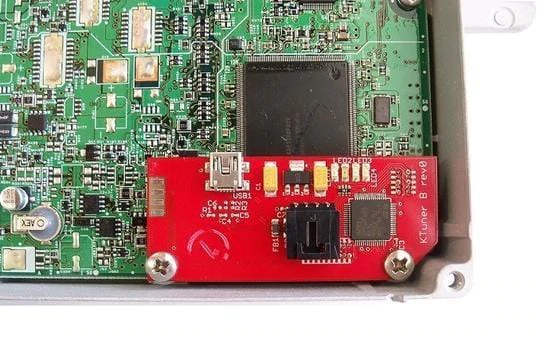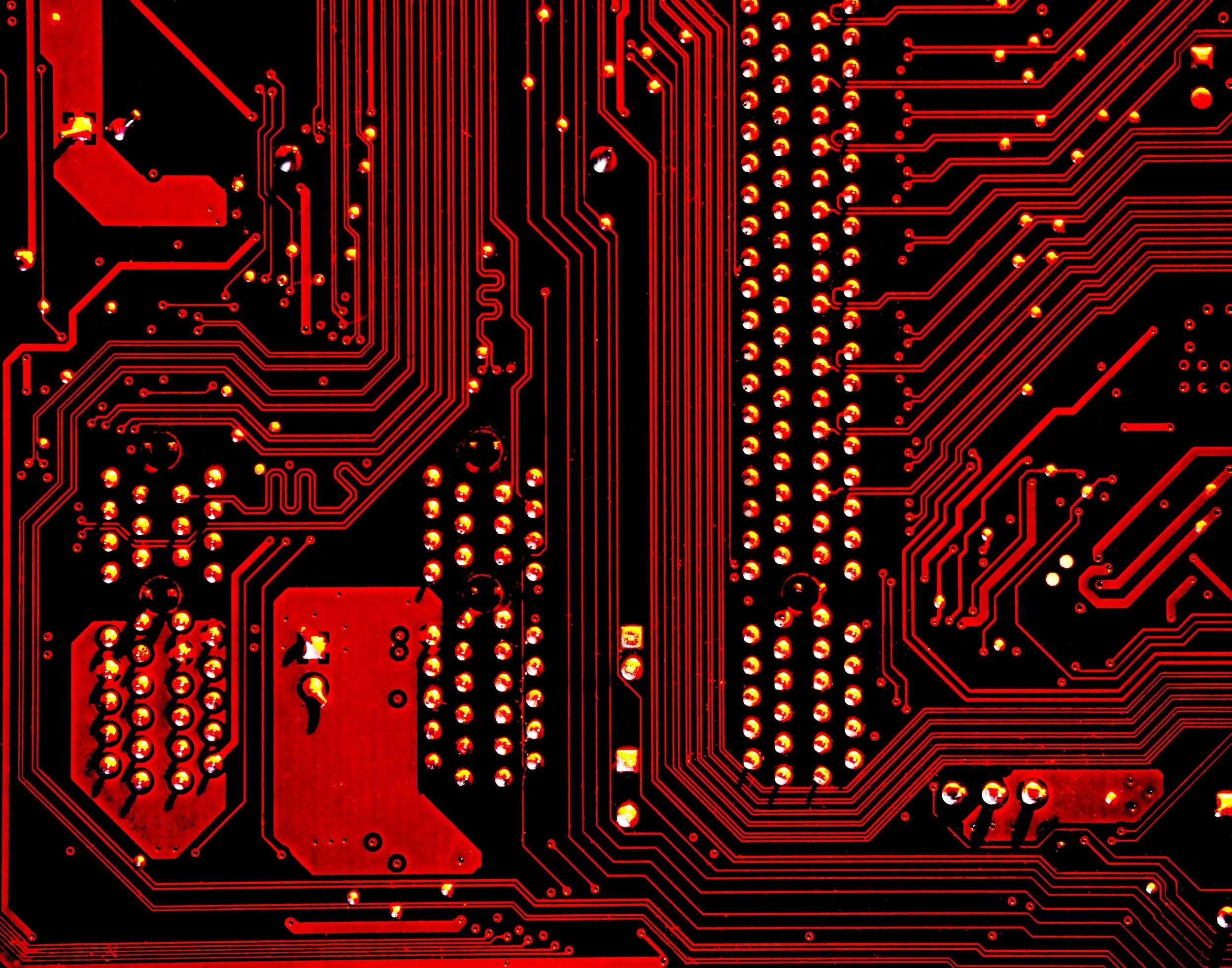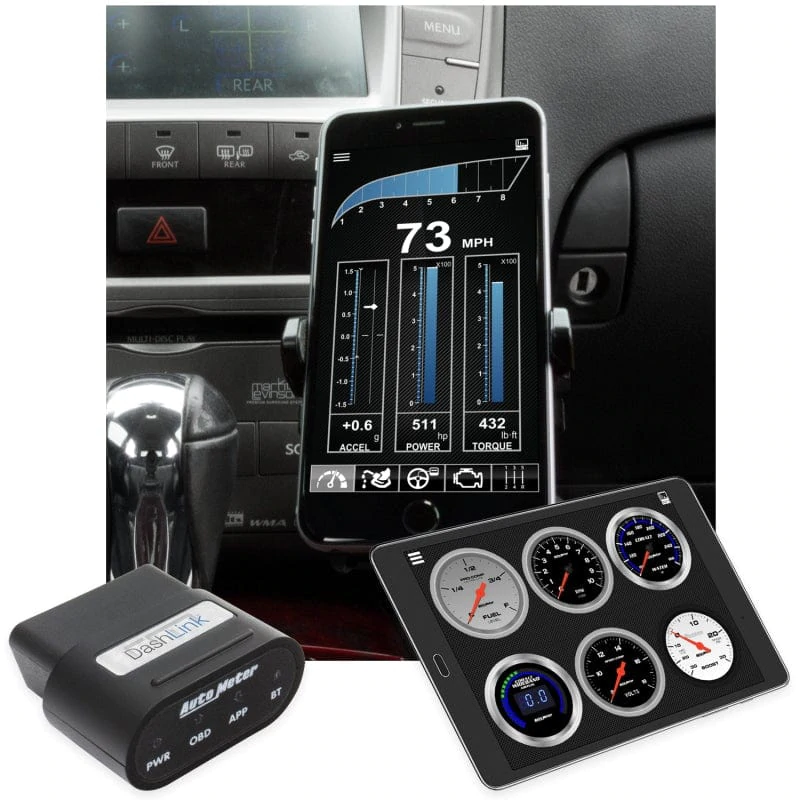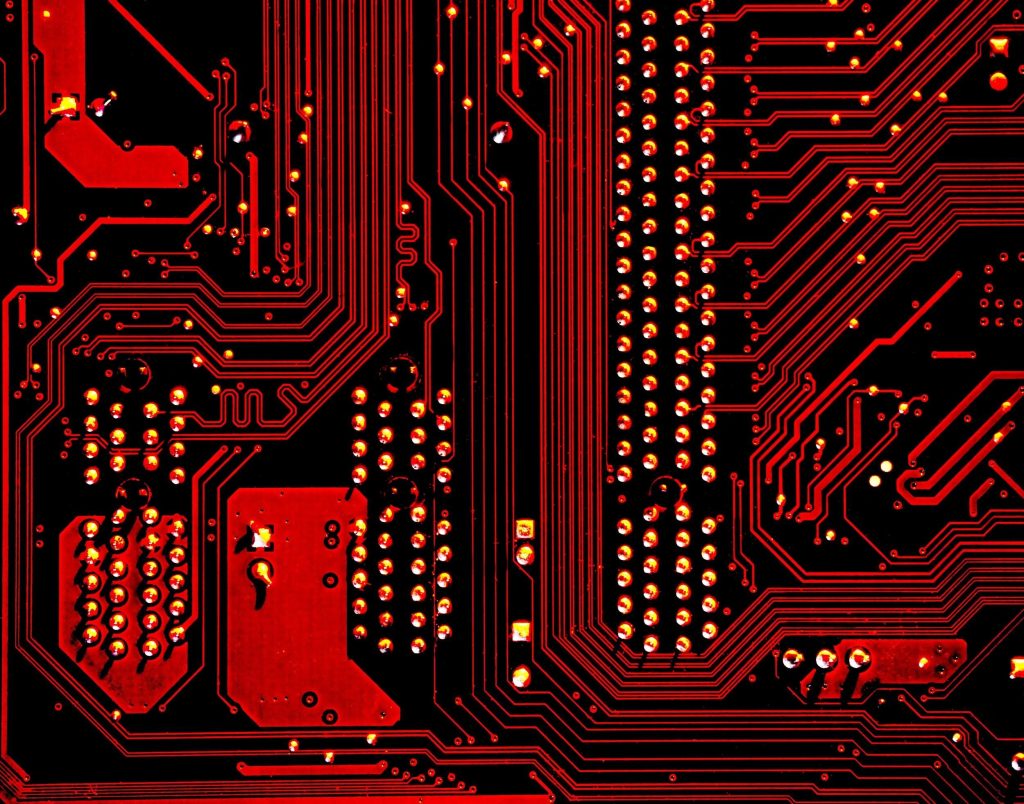What’s an ECM, you say?!
An ECM (Engine Control Module) is an engine control unit in a vehicle’s body and is in charge of processing the information coming from the various sensors in your car. ECMs are standard in modern vehicles and date back to 1976 when Chrysler introduced the Electronic Lean-Burn, a cousin to modern ECMs.
Modern ICE ECMs control way more than fule consumption. They process and logs information from all over your car. Everything from engine temp, transmission speed, wheel speed, brake temp, powering seats for comfort, power steering, keyless entry, powered door locks, and so forth are processed through your car’s ECM. It’s the brain of your vehicle, and it is critical to your car’s performance.

How To Diagnose A Faulty ECM?
If your car has an OBDII port, it’s super easy to diagnose a faulty ECM. Just plug it in your scan tool and pull a report. If your scan tool can’t communicate with the ECM, you have one of two problems. 1: Your OBDII port is faulty. 2: Your ECM is faulty.
You can use an OBDII breakout box to test each channel’s signal strength and diagnose whether the OBDII Port is faulty. Replacement OBDII port can be cheap but requires some time and knowledge to replace. You’ll be wishing it’s your ECM was faulty after your done soldering wires for your new OBDII port.
If you don’t have an OBDII port, you’ll have a little more difficulty. There are adapters for OBDII ports. But, they can be hard to locate and sometimes costly.
Symptoms of a Faulty ECM?
Most manufacturers make rock-solid ECMs nowadays. However, older ECMs are prone to defects. And like any car part, ECMs are prone to failure over time and use. So how can you tell that your ECM is faulty?
Engine Performance (Misfiring, High Fuel Consumption)
Engine performance is one symptom. However, it’s not a smoking gun. Faulty sparkplugs, fuel pumps, injectors, compression leaks can also cause misfiring, sputtering, and high fuel consumption. It would be prudent to check those parts before blaming the ECM. Sparkplugs and fuel injectors are far more prone to failure than your car’s ECM.
An OBDII scanner is handy here too. Plug it in. If you can communicate with it, then it’s not the ECM. You can check each sensor band for anomalous or poor readings.

Car won’t Start
Failure to start could be a sign of a faulty ECM. Again, not a smoking gun. There are several reasons cars won’t start from a bad battery or faulty starter. If you’re getting power from the battery and clicking from the starter when you turn the key, you might have a lousy ECM.
Again, bring out that old faithful scan tool. A quality scan tool is critical for auto shops. It’s also worth the money for hobby mechanics, do-it-your-selfers, and tuners.
Check Engine Light
The check engine light is a warning light that lights up the dashboard to indicate a problem with your car. It is a symptom of many potential issues with your vehicle. The ECM is just one part that uses that signal light.
For the last time, get that scan stool out and plug it in. Most auto parts stores sell them and loan them out to customers. However, the loaners usually have to stay on the premises. So, you’ll have to get your car there, or just buy a scan tool and be ready to read your ECM at any time and anywhere.
So, What Can You Do With A Faulty ECM?
Repairing A Faulty ECM
Repairing an ECM can be costly and difficult, if not impossible. It can be hard to find an internal replacement part for a faulty ECM. It’s also technically challenging to open the ECM and prone to shorting from static shock when opened. Most manufacturers won’t even provide ECM software to the general public, limiting access to the stealeriship dealerships. Dealerships and shops are more than happy to charge you hours of labor to swap the faulty ECM for an expensive new one.
Replacing an ECM
A mid-point between purchasing a completely new ECM and repairing one is getting a custom or salvaged ECM. You can buy a custom or salvaged ECM online. Custom ECMs are more expensive than salvaged ones.
If you’re lucky enough, you might find one at a parts yard. But, make sure the ECM you salvage is from the same make and model car you are looking to replace. Unlike OBDII ports, ECMs are not universal.

Stock ECM Vs. Upgraded Custom ECM
Stock ECMs, new or salvaged, are programmed to work the same as when the manufacturer installed it at the assembly line. You’ll get the same performance as before your old ECM failed. And, you won’t get much else.
On the other hand, an upgraded custom ECM is designed for optimum and custom performance. This means that you can change the operating parameters to suit your needs by economizing fuel usage. Custom ECMs are the way to go if you are a tuner looking to track. So, if your project cars stock ECM fails, it’s an excellent opportunity to upgrade.
Scrap ECM
Scrapping ECM is a method of recycling an ECM, especially if the cost of repairing or replacing it is too high. It is a method of disposing of an ECM, where instead of being destroyed, its various components are sorted into plastic, metallic and ferrous parts for further use. Most online shops will give you a discount on your new ECM for sending in your old ECM.
Conclusion
In summary, diagnosing and repairing a faulty ECM can be expensive and time-consuming. However, you can completely repair or reprogram an ECM by reaching out to dealers who offer online repair services for different car models. You can also opt to replace it with a stock, salvage, or custom ECM. It’s not the most straightforward repair on your vehicle, but fortunately, replacing an ECM is not rocket surgery.

